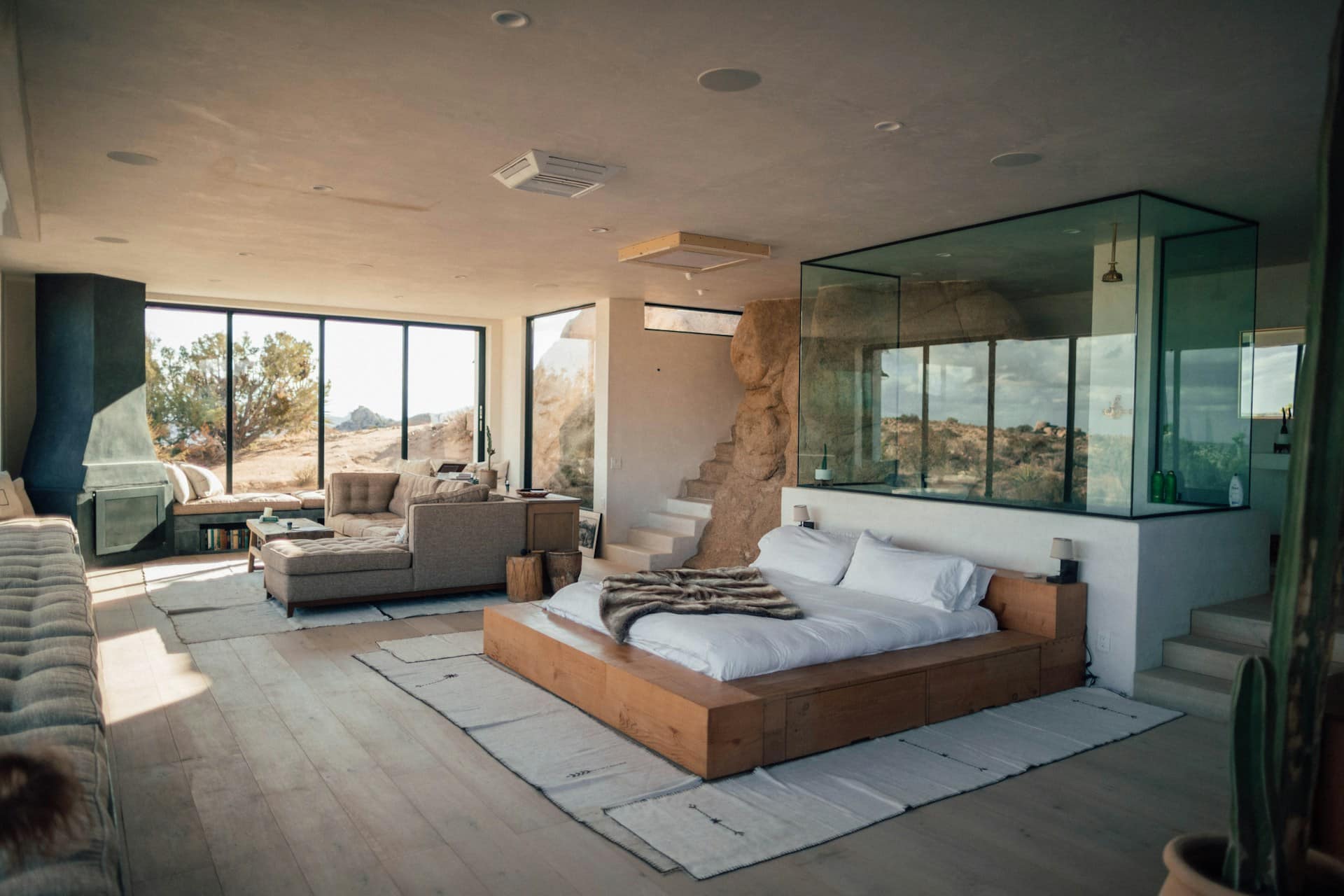In the world of real estate and interior design, the trend of blending indoor and outdoor living spaces has been making waves. This innovative concept is all about creating a seamless transition between your home’s interior and exterior, maximising the use of space while maintaining aesthetic appeal. The goal is to create a harmonious flow that brings the beauty of the outdoors inside, and vice versa. So, how can you achieve this blend? Let’s delve into this subject and explore some of the most effective ways to integrate indoor and outdoor living spaces.
Incorporating Natural Light
One of the most effective ways to blend indoor and outdoor areas is to maximise the use of natural light. The presence of natural light inside a room can make the area feel more spacious, inviting, and seamlessly connected with the outdoors.
Lire également : How can you design a space for quiet reflection and meditation?
To accomplish this, consider installing large windows or glass doors. These additions will not only allow more sunlight to penetrate your home, but also provide a direct visual connection to the outdoors. Moreover, glass doors, particularly sliding doors, serve a dual purpose. They can act as a barrier when needed, and an entrance to your outdoor area when left open.
Another way to integrate natural light is through skylights. They can make a significant difference in rooms that lack direct access to the outdoors or are located in the heart of the home. A well-placed skylight can create an illusion of open space, brighten up a room, and even offer a glimpse of the sky.
En parallèle : What are the best practices for incorporating smart home security?
Creating Multifunctional Spaces
Another strategy to blend indoor and outdoor living spaces involves the creation of multifunctional spaces. This refers to areas that can serve multiple purposes and can be used in any weather condition.
For instance, consider creating a covered outdoor kitchen or dining area. This not only expands your living space but also offers a unique dining experience. Furthermore, it can serve as a great space for entertaining guests.
Enclosed patios or sunrooms are also a fantastic way to create multifunctional spaces. These living areas provide panoramic views of the outdoors while offering the comfort of the indoors. They can serve as a reading room, lounge area, or even a workspace.
Decking is another method to extend your living area. Decks can be used for multiple purposes, from relaxation spots to entertainment areas. For a seamless transition, ensure the decking material matches or complements your indoor flooring.
Incorporating Outdoor Elements into Indoor Design
When you seek to blend your indoor and outdoor spaces, do not limit your focus to structural changes only. Think about how you can bring outdoor elements into your interior design.
For instance, use natural materials like wood, stone, or greenery in your interior décor. Elements such as wooden furniture, stone fireplaces, or indoor plants can mimic outdoor environments and create a sense of continuity.
Also, consider the color palette. Use shades that reflect your outdoor surroundings. For example, if your home overlooks the sea, shades of blue can create a visual connection between your indoor and outdoor spaces.
Optimizing for Comfort and Aesthetic Appeal
Lastly, it’s crucial to optimize for comfort and aesthetic appeal. As you blend your indoor and outdoor areas, you must ensure that both spaces feel inviting and comfortable.
Choose comfortable, durable furniture that can withstand various weather conditions for your outdoor areas. Add outdoor rugs, pillows, and throws for an extra touch of comfort.
Moreover, maintain a consistent style and theme across both spaces. This will create a visually appealing and harmonious feel. For instance, if your living room has a modern contemporary design, extend the same style to your outdoor living space.
In conclusion, blending indoor and outdoor living spaces is a multifaceted process that involves structural design, smart use of light, creation of multifunctional spaces, interior décor, and optimization for comfort and aesthetic appeal. Done correctly, it enhances the overall appeal of your home, makes your living areas feel more spacious, and allows you to make the most of your property. Start with small steps, and gradually bring your indoor and outdoor spaces together to create a home that is truly in harmony with its surroundings.











